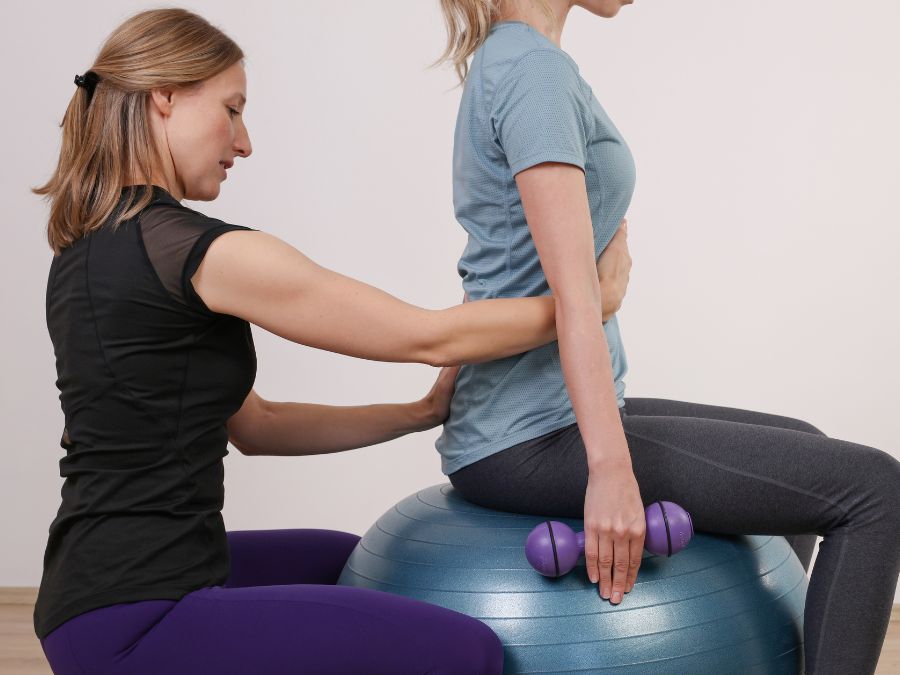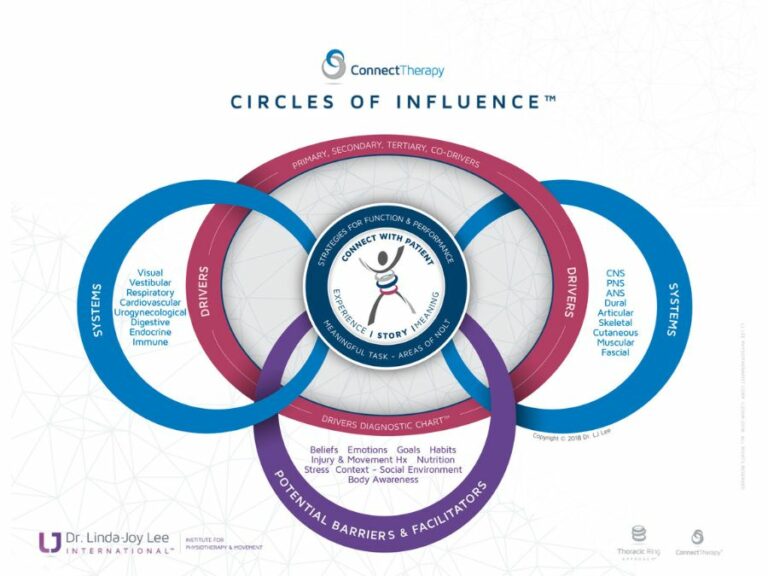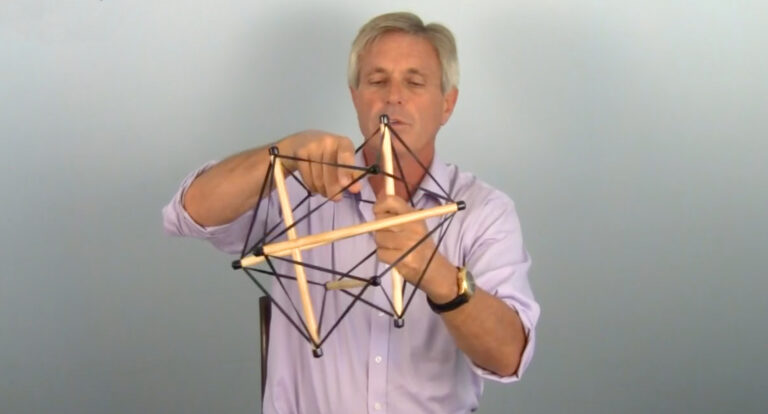Scoliosis, a condition characterised by an abnormal curvature of the spine, affects millions of people worldwide. While traditional approaches often involve medical interventions or surgical procedures, an increasing number of individuals are turning to alternative methods to manage their scoliosis, with Pilates emerging as a popular choice. Read on as Lana delve’s into the reasons why Pilates is considered exceptionally beneficial for individuals dealing with scoliosis.
Understanding Scoliosis:
Before we explore the connection between Pilates and scoliosis, it’s essential to understand the nature of the condition. Scoliosis can vary in severity, and its causes can be attributed to factors such as genetics, muscle imbalances, or postural habits. Individuals with scoliosis often experience pain, reduced flexibility, and compromised balance, impacting their overall quality of life.
The Role of Pilates:
Due to the nature of Pilates, in particular its a low-impact, strength, flexibility, and endurance focusses, there is significant benefit to both a structural and a postural scoliosis. Its emphasis on core strength and alignment makes it an ideal form of exercise for individuals with scoliosis. Here are some compelling reasons why Pilates is so effective for managing scoliosis:
- Core Strengthening: Pilates places a strong emphasis on strengthening the core muscles, including the deep stabilizing muscles of the spine. A robust core provides better support to the spine, helping individuals with scoliosis maintain better posture and reduce the strain on their back.
- Improved Flexibility: Scoliosis often leads to muscle imbalances and stiffness in the spine. Pilates exercises incorporate dynamic stretching and controlled movements, promoting flexibility and range of motion in the spine. This increased flexibility can contribute to reducing pain and discomfort associated with scoliosis.
- Enhanced Body Awareness: Pilates encourages heightened body awareness, teaching individuals to pay attention to their alignment and movement patterns. This awareness is particularly beneficial for those with scoliosis, as it helps them consciously correct and maintain a more aligned posture throughout their daily activities.
- Balanced Muscle Development: Scoliosis can result in uneven muscle development on either side of the spine. Pilates exercises aim to create balanced strength throughout the body, addressing muscle imbalances and promoting better spinal alignment.
- Breathing Techniques: Pilates incorporates specific breathing techniques that enhance lung capacity and oxygenation of the body. Improved breathing can alleviate tension in the muscles surrounding the spine, providing relief to individuals with scoliosis.
- Adaptability to Individual Needs: One of the strengths of Pilates is its adaptability. Qualified Pilates instructors can tailor exercises to accommodate the unique needs and limitations of individuals with scoliosis. This personalized approach ensures a safe and effective exercise regimen.
But why take our word for it? Check out the hundreds of reviews (Google – Facebook – Instagram) from our clients with scoliosis who have personally benefited from adding this form of movement into their routine
Incorporating Pilates into a scoliosis management plan offers much more than spinal health. It is a way to help balance the biomechanics of the whole body in a holistic and empowering way. Its focus on core strength, flexibility, body awareness, and adaptability makes Pilates a valuable tool for individuals seeking to alleviate the challenges posed by scoliosis. Before starting any new exercise program, especially for those with scoliosis, it’s crucial to consult with a Physiotherapist or a qualified Pilates instructor to ensure a safe and personalised approach to achieving optimal spinal health.




